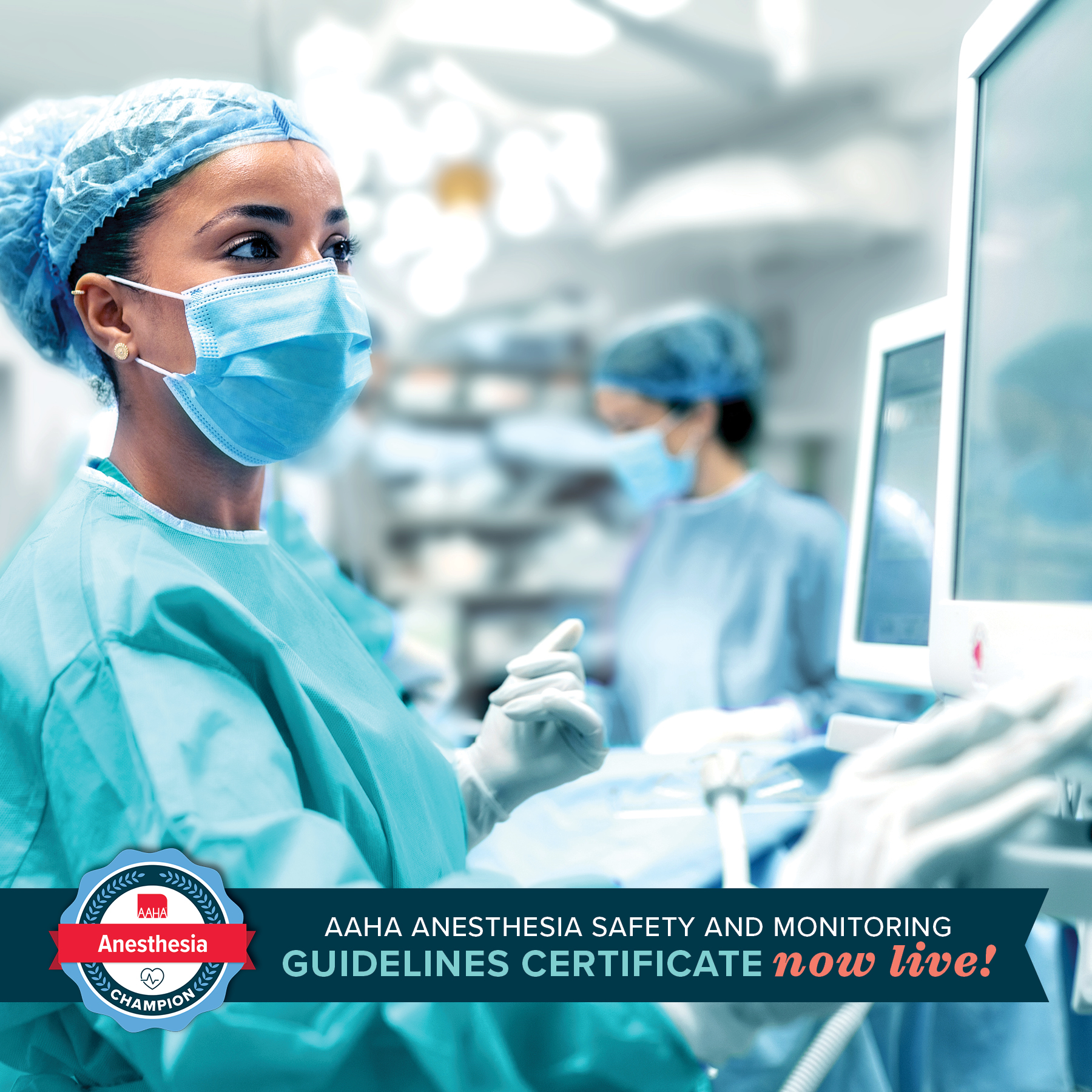Local analgesia
Anyone performing oral surgical or periodontal procedures should be familiar with dental nerve block techniques, including a thorough knowledge of oral anatomy and analgesic agents and their application. Administration of local anesthetics will decrease the amount of required inhalant anesthetic, will decrease the required amount of other analgesics, and will ease the transition to administering postoperative oral pain medications at home. Specific techniques for local anesthetic dental nerve blocks (indications, doses, and specific techniques) are described in detail by Niemiec et al., Beckman, and Gracis, and others.61,65–68 Three approaches for the maxillary nerve block are well described and offer choices based on anatomy and personal preference.66 The maxillary tuberosity approach, using either an intra- or extraoral (via the buccal pouch) access, allows for a very short needle insertion just posterior to the caudal molar and maxillary tuberosity. Both the subzygomatic approach and the technique of advancing the needle through the infraorbital canal provide access to the maxillary nerve as alternatives. Care is taken to avoid damage to the maxillary or infraorbital neurovascular bundle and inadvertent vascular or intraneural injection. Molars may not be adequately blocked using the infraorbital nerve block technique alone, but anesthesia should be reliable from the third or fourth premolar and the more rostral structures including the canine teeth.67
The mandibular or inferior alveolar block can be performed at the angle of the mandible. The more successful intraoral approach technique is recommended.68 More rostral block at the mental foramen is less effective.60 Rarely, the lingual branch will be anesthetized with a mandibular nerve block, and a very few patients may bite their tongue during recovery. Recovery of the patient in sternal recumbency with the tongue between the jaws may decrease this risk.
Regardless of the local anesthetic technique or site, always aspirate to avoid intravascular injection of local anesthetic. Other uses of local anesthetics may contribute to the basic nerve block techniques and include “splash blocks,” infiltration anesthesia, intraosseus anesthesia, intraseptal injection, periodontal ligament or intraligamentary injection, and intrapulpal injection.66







